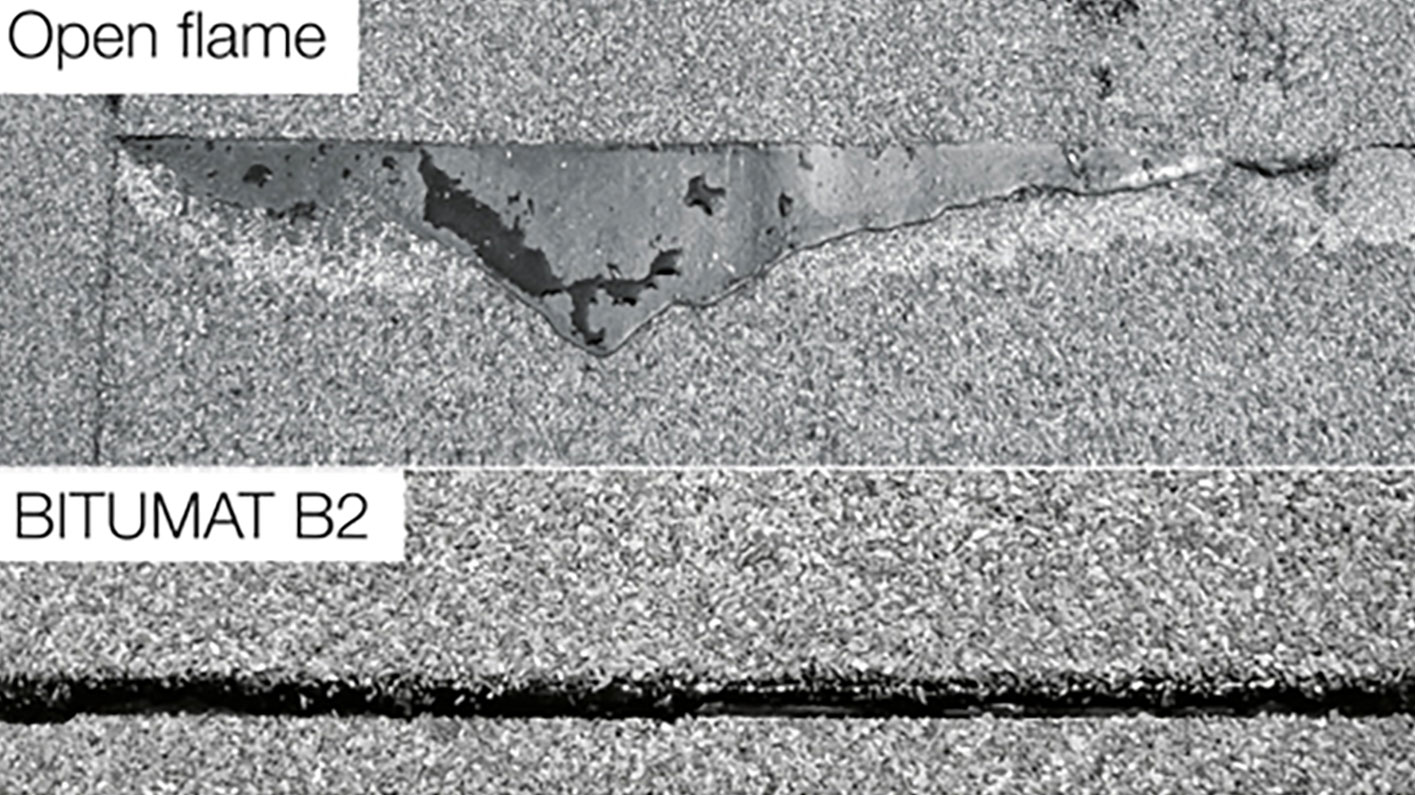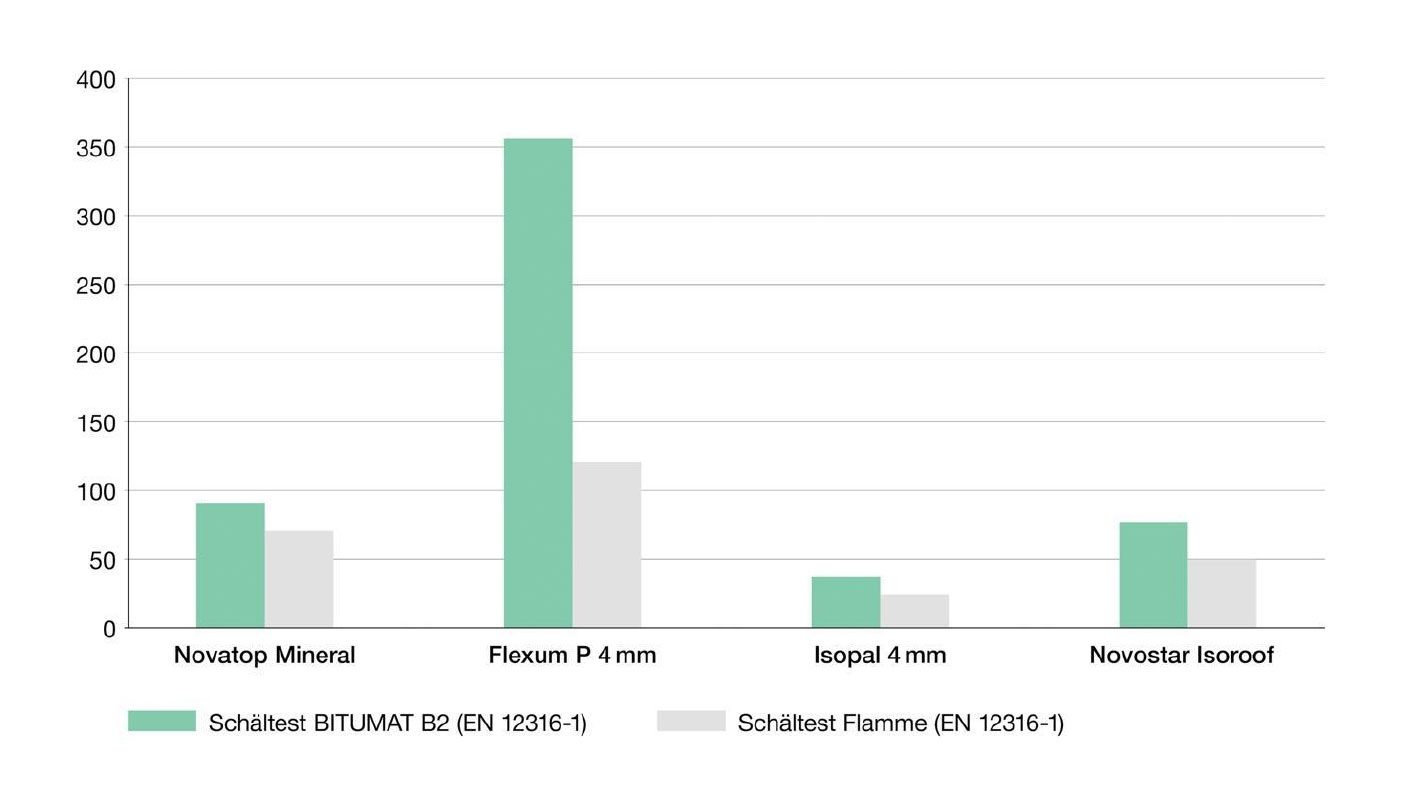Tuesday, 22 October 2019 will be a day firmly etched in the minds of Fletcher Construction and its subcontractors following the fire on the roof of the New Zealand International Convention Centre in Auckland.
The incident led to large scale disruption in Auckland for over 48 hours as the fire continued to burn, and led to significant delays in the completion of the project.
As to the cause of the fire, an independently peer-reviewed Fire and Emergency New Zealand report concluded the probable cause of the fire was “believed to be an inadvertent ignition of the cardboard centre of a roll of Cap Sheet torch-on waterproofing membrane.”
Following this incident, and with health and safety at the forefront of all aspects on any building site, alternative methods to apply Bitumen roofing membranes are needed.
Thankfully Leister have the perfect alternative with their Bitumat and Bitumat B2. Both tools are high powered, flameless automatic hot air welders which Leister have designed for the application of modified bitumen roofing membranes.
Modified bitumen is widely used roof covering is usually comprised of sand, gravel or slate chips added to increase abrasion and UV-resistance.
Compared to welding with open flame, only one worker is needed to effectively weld modified bitumen, making it safer, more efficient and more economical. The suitable bitumen nozzle provides accurate weld seams that can only be guaranteed with hot air tools.
Open flame vs. BITUMAT
 Flameless welding with hot air gives considerably better welding results than using an open flame. The welding seam is straight and considerably narrower (also see images).
Flameless welding with hot air gives considerably better welding results than using an open flame. The welding seam is straight and considerably narrower (also see images).
Peel test: Flame vs. BITUMAT
 Working with the BITUMAT B2 also gives considerably better results in the peel test comparison between BITUMAT and open flame.
Working with the BITUMAT B2 also gives considerably better results in the peel test comparison between BITUMAT and open flame.

